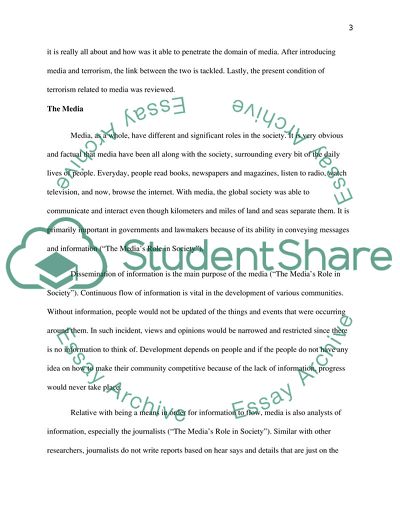Cite this document
(Media And The Issue Of Global Terrorism Case Study, n.d.)
Media And The Issue Of Global Terrorism Case Study. Retrieved from https://studentshare.org/sociology/1731123-are-the-media-the-terrorists-best-friends-laqueur-1976
Media And The Issue Of Global Terrorism Case Study. Retrieved from https://studentshare.org/sociology/1731123-are-the-media-the-terrorists-best-friends-laqueur-1976
(Media And The Issue Of Global Terrorism Case Study)
Media And The Issue Of Global Terrorism Case Study. https://studentshare.org/sociology/1731123-are-the-media-the-terrorists-best-friends-laqueur-1976.
Media And The Issue Of Global Terrorism Case Study. https://studentshare.org/sociology/1731123-are-the-media-the-terrorists-best-friends-laqueur-1976.
“Media And The Issue Of Global Terrorism Case Study”, n.d. https://studentshare.org/sociology/1731123-are-the-media-the-terrorists-best-friends-laqueur-1976.


